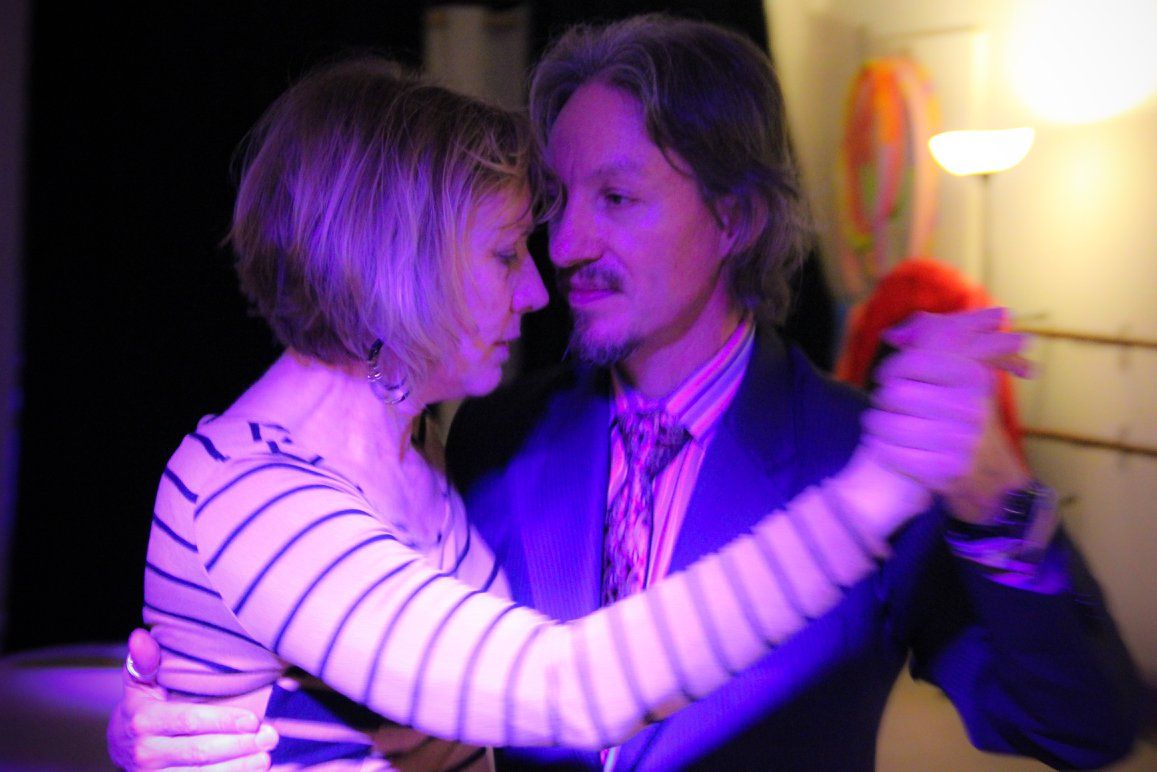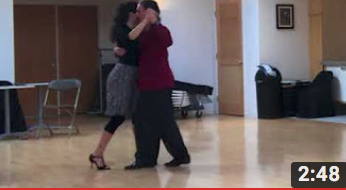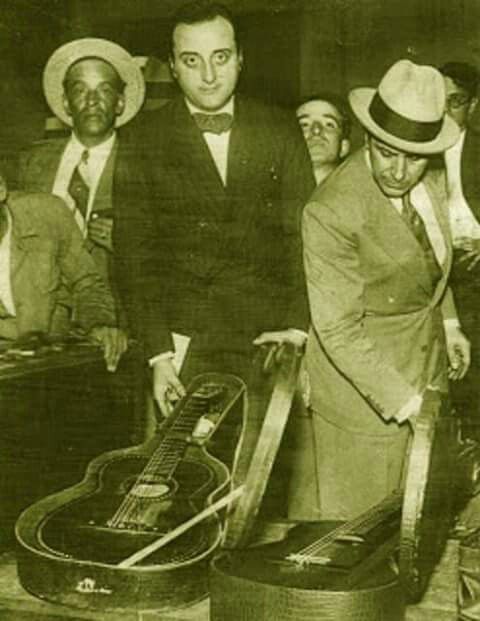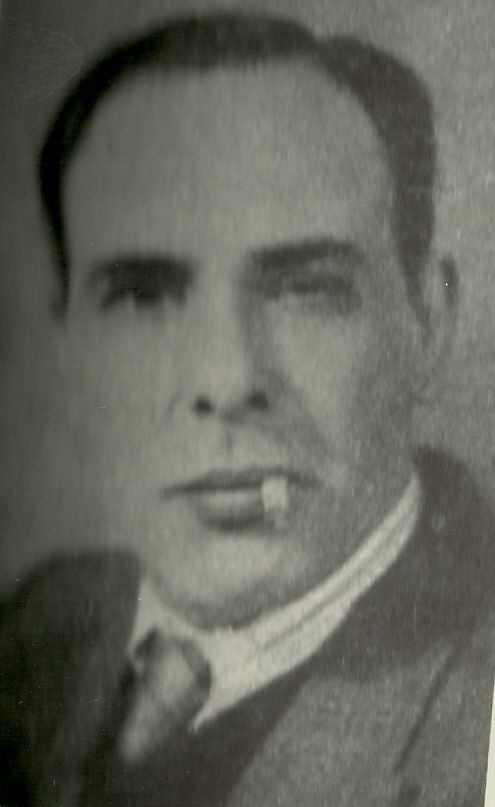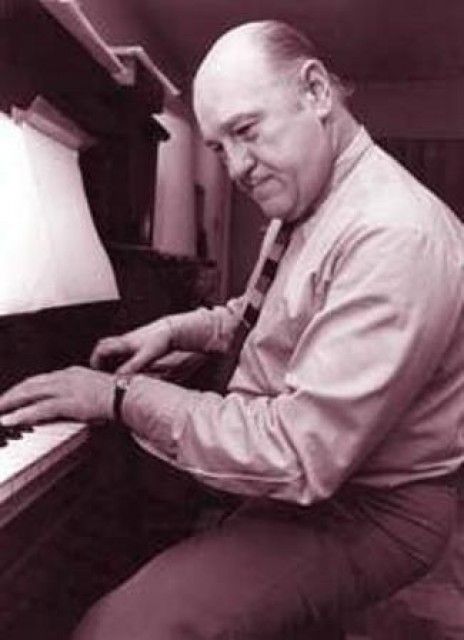Milongueando in Lafayette
The milonga is where Tango lives, where Tango is kept alive.
When you are at the milonga, whether a well known milonguero/a or a new good student, you are making possible that Tango lives. You bring Tango to life, in your body, in everything you do with your body, not by dancing only, but by everything you do.
Lafayette classes and milonga are the most similar to a Buenos Aires neighborhood class and milonga. The friendly and committed to learn crowd of regulars makes the experience of this class and milonga to feel very welcoming and rewarding.
For more information, click here.

